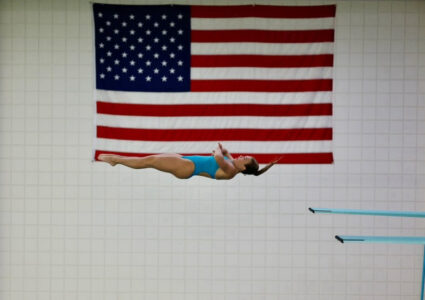What to do after the shot
How do you prepare for hunting season?
Do you spend time in the backyard or at the range, making sure your bow or rifle is sighted in?
Sit in the shop loading the perfect round or tuning arrows to fly true every time?
Of course, there is probably scouting and checking cameras, so you know where your target buck tends to hang out. But are you prepared for after the shot?
Knowing where the big buck is, setting up the perfect stand, and being able to hit a deer accurately are only the start of a successful hunt. Success doesn’t truly occur until the deer is in the back of your truck and on the way to the butcher. So why don’t more hunters spend time improving their tracking skills?
Every season, I encounter hunters who claim to have shot the buck of a lifetime only to have it elude them. Sure, some of these deer are like Superman and took a near-perfect hit but just kept on going, only to show up on a trail camera weeks later looking like they survived the bombing of Okinawa. However, the reality is that most of these deer were not near immortals; they were not found. In 99% of cases, this comes down to nothing more than poor tracking skills.
Two of the biggest mistakes hunters make occur at the time of the shot. Failing to see where you hit the deer means you lose valuable insight into how badly it is hurt, how long it may take to expire, and how far you may need to track it. Failing to pinpoint exactly where the deer was when you hit it, and by extension, where you last saw it, means you are potentially starting a track in the wrong spot.
Next comes timing. Almost everyone will agree that starting a track too soon is the reason many deer are lost. Unless you saw or heard the deer crash, please wait at least an hour to follow it. If the deer is down, waiting will give it more time to bleed out. If the deer is still on its feet, this time will allow nature to take its course. As the deer loses blood and its organs shut down, it will have no choice but to slow down and lie down. Adrenaline is what keeps a mortally wounded animal moving, and pressure from you is what keeps adrenaline flowing.
When it’s time to track, do just that: track the deer, don’t just bust through the brush to where you think it will be. Regardless of what you have been taught or heard, wounded animals do not act predictably. Not every deer heads toward water, and not every deer will circle back. Mark the start of the track, mark where you last saw it, and follow the actual sign. Look for not only blood but also broken or bent twigs, laid-down grass, and fresh tracks if you can’t find the next piece of sign. Back up and reevaluate if you can’t find the next piece of the sign. The deer didn’t evaporate; you missed something.
Finally, if you can not find the deer or are not comfortable with your tracking abilities, do not wander around hoping to get lucky; get help. Whether you call a buddy who is better at tracking or a professional with dogs, their level of success will be significantly determined by your level of knowing when to back out without destroying the sign.


